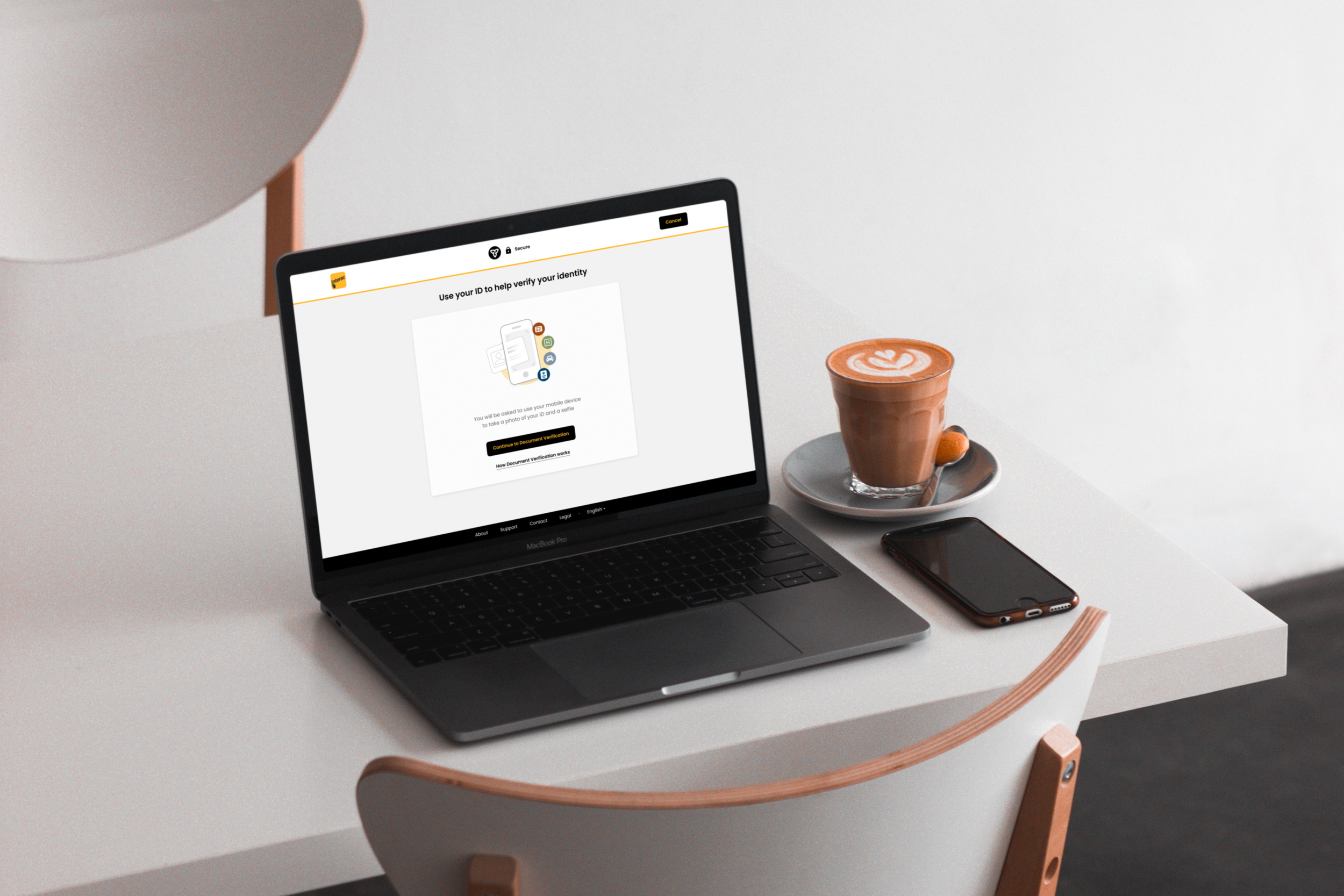
Identity Verification Service
Making more services available to Ontarians while ensuring privacy and security
Project Type
Government Service Integration
Duration
4 months (2024-25)
Company
Ontario Public Service
Role
UX researcher & designer
Overview
Background
This service has been developed & passed QA and due for release to the public.
I joined this team in October 2024 to carry out usability testing and lead the design of the in-person method of the service.
The document verification service enables Ontarians to verify their government issued identification documents online so as to access services from different government ministries and agencies. This service allows Ontarians to verify their government-issued identification online, enabling them to access services across various government ministries and agencies.
This service is delivered in three methods:
My Role
I was a UX researcher and UX designer working alongside one senior UX designer and a fellow junior UX designer. I managed relationships with a business analyst, content designer, and project manager.
Tools used:
Figjam (mainly for mapping exercises in collaboration with other stakeholders)
Figma (for wireframing)
Miro (For brainstorming)
Microsoft Powerpoint, Excel
Alchemer (For surveys)
Objectives
✓ Gather actionable insights through usability testing with the existing design. Ensure the product is user-centred due to the diverse audience (16 million Ontarians)
✓ Lead the design of the in-person method of the verification service, which would occur at a ServiceOntario location, from concept creation.
Process
My Approach to Achieving the Objective
For the online services, we started by having a strategy planning session with the design team internally and also with the general team including the business analysts. The main aim was to outline processes we'd need to go through to reach the goal within the established timeline and communicate relevant tradeoffs to stakeholders if necessary. We broke down the processes into achievable milestones and shared with leadership to gain approval. Some of the key expectations for the process worthy of noting includes:
Creation of a Usability Testing Plan
Recruitment of Testers
Testing Exercise
Testing Report
For the in-person services, which I'm lead UX designer on, I started by engaging the general team, as well as frontline workers who would be the end users, to understand the physical and digital interactions involved in the service. Since this feature was introduced later in the process, my role was to leverage insights from previous usability testing to conceptualize and design a seamless user flow within a tight timeline.
Creating a Usability Testing Plan
My team developed a detailed usability testing plan outlining the objectives, testing methods, logistics, privacy considerations, and potential risks. The team organized the plan on a Figma board and later shared the findings with stakeholders to gather their feedback. Below are snapshots of the initial usability testing plan.
Key outcomes to highlight:
The usability testing had to be done in person as participants will be using an Ontario Health Dummy Card which Dummy info, the card contained sensitive information which could not be taken outside of the government building. This then required participants to come in person for testing.
We needed to partner with Ontario Disability Support Program or Ontario Health as they were the first government bodies eligible to access the new document verification service when deployed.
Recruiting Participants
Key recruitment activities included:
Developing usability testing recruitment questionnaires using Alchemer
Creating consent email templates
Drafting usability testing scripts
Designing a detailed usability testing questionnaire in Alchemer, covering logistics, incentives, privacy details, and support information. This questionnaire was carefully reviewed with the head of business transformation before finalization.
I played a key role in putting together a user testing script to help myself moderate consistent and efficient testing sessions. Our team ran several dry runs to refine our testing process.
The tricky part for me was making sure these prompts would gather effective insights - in the end, this script brought out very insightful thoughts of the participants.
Conducting the tests
The testing exercise took 3 days. I facilitated for 1 day and did note-taking for 2 days gaining experience executing in-person usability testing sessions.
This was a very interesting exercise for me as it was my first time conducting an in-person usability testing session. From this, I learned that observing users in a real-world setting provides deeper insights into their behaviours, challenges, and expectations that might not surface in remote testing.
After usability testing, I suggested affinity mapping to synthesize findings and identify key themes.
Following this, I facilitated a prioritization exercise using an impact and effort matrix, adjusting the categories to make it more accessible for all stakeholders. Finally, I compiled a solutioning report with T-shirt sizing to help the team assess effort and plan next steps effectively.













